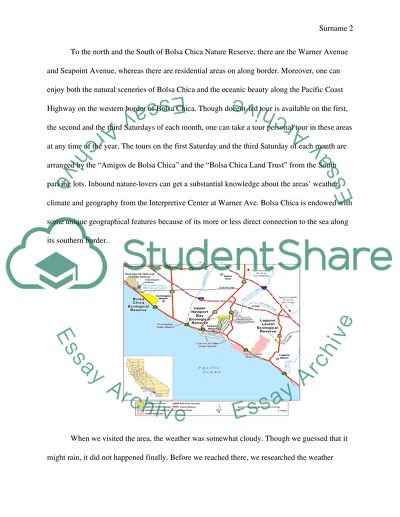Cite this document
(“Bolsa Chica Wetlands Essay Example | Topics and Well Written Essays - 1500 words”, n.d.)
Retrieved de https://studentshare.org/geography/1491387-bolsa-chica-wetlands
Retrieved de https://studentshare.org/geography/1491387-bolsa-chica-wetlands
(Bolsa Chica Wetlands Essay Example | Topics and Well Written Essays - 1500 Words)
https://studentshare.org/geography/1491387-bolsa-chica-wetlands.
https://studentshare.org/geography/1491387-bolsa-chica-wetlands.
“Bolsa Chica Wetlands Essay Example | Topics and Well Written Essays - 1500 Words”, n.d. https://studentshare.org/geography/1491387-bolsa-chica-wetlands.


